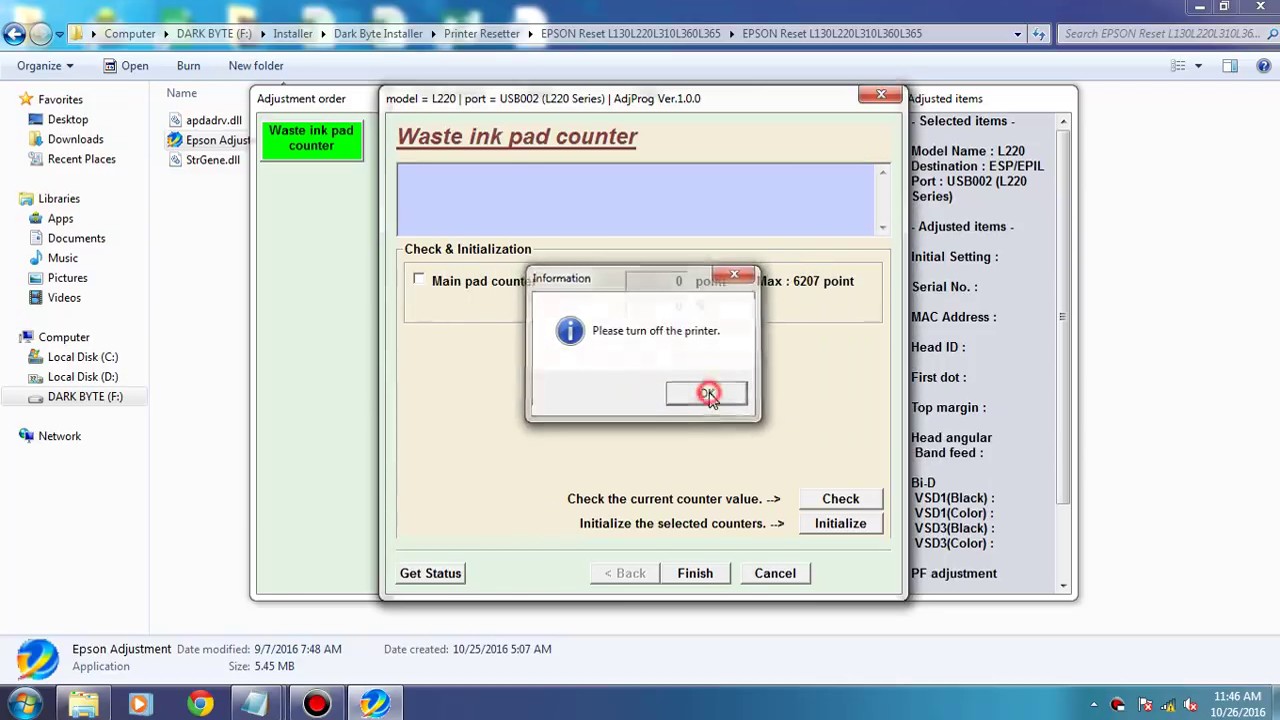

#ABOUT DESTINATION ADJUSTMENT PROGRAM FULL#
The loss entitles the producer to tax savings of $16 (if the full $80 is deductible and the United States adopts a 20 percent rate), which can be used to reduce or eliminate other taxes the producer owes or that will be paid to the producer as a refund in cash from the U.S. government will allow the producer to recognize a loss of $80 (or some lesser amount, if some inputs were imported). producer incurs expenses of $80 and then exports the goods or services, the U.S. suppliers, as well as the costs of self-production, are fully deductible. producer, but purchases of goods and services from U.S. Purchases from foreign suppliers are not tax deductible to a U.S. With the DBCFT, the result is entirely different. The government does not collect a VAT on exports but also does not refund tax in excess of what it has already been paid. government would refund the $8 that the government previously collected. If the goods or services are exported, the U.S.

or foreign suppliers), on which it would pay $8 of VAT. producer would purchase $80 of inputs (from either U.S. In a simple example using a 10 percent rate of tax, a U.S. With a VAT, the border adjustment on exports refunds a tax that was previously collected by the government. taxpayers get in bed with the DBCFT, they will quickly learn that the border adjustment in a traditional VAT and the border feature in the proposed DBCFT are as dramatically different as Red Riding Hood's grandmother and the wolf. Likewise, supporters of the destination-based cash flow tax (DBCFT) - the House Republicans' favored vehicle for corporate income tax reform - try to soften the appearance of the proposal by claiming that its "destination" feature is just a variation on the border adjustment that is common in VATs. The fluffy white wool cannot, however, hide the wolf's sharp teeth. In the tale of "Little Red Riding Hood," the big bad wolf disguises himself by wearing a lamb's skin. You may also view the article on Tax Notes' website (subscription required).

In this article, Barnes and Rosenbloom explain why it is misleading to analogize the border feature in the House Republicans' destination-based cash flow tax with the border adjustment found in most VATs. David Rosenbloom is a Member of Caplin & Drysdale in Washington and serves as director of the international tax program at New York University School of Law. and a senior fellow at the Duke Center for International Development at Duke University. Barnes is Of Counsel at Caplin & Drysdale, Chtd.


 0 kommentar(er)
0 kommentar(er)
